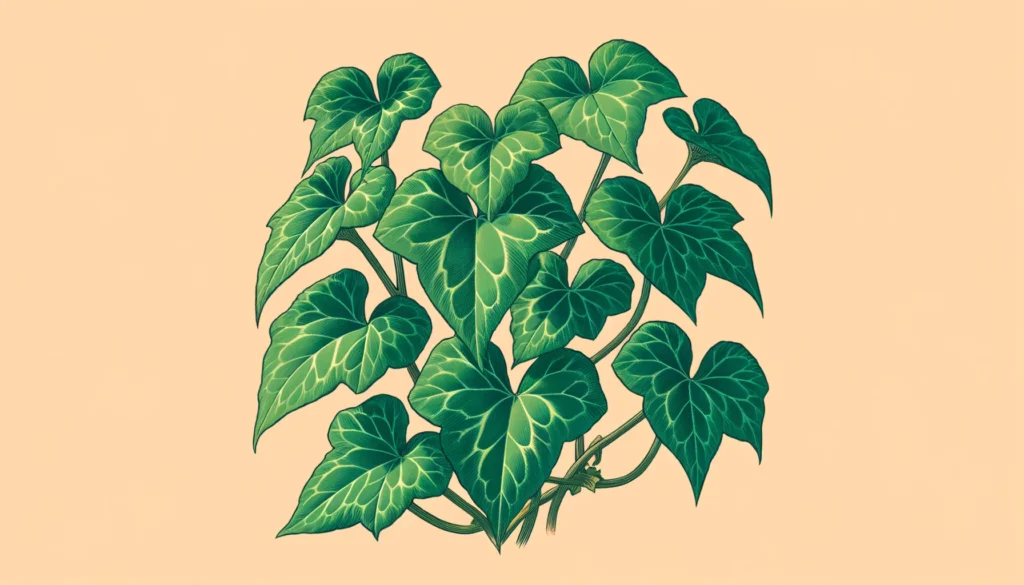

Home » Cat Plants » Can the English Ivy Plant be Harmful to cats?

English Ivy ( Hedera helix) is a popular evergreen climbing vine commonly found in landscapes, gardens, and as a houseplant. Unfortunately, this beautiful plant is toxic to cats if ingested due to compounds called triterpenoid saponins.
English Ivy poisoning in cats can cause various symptoms and may lead to serious health issues if left untreated.
Ingestion may cause mild gastrointestinal upset, but is generally not life-threatening.
Ingestion can result in mild symptoms like vomiting, diarrhea, or drooling. Rarely fatal but may require veterinary care.
Eating these plants can lead to more pronounced symptoms like abdominal pain, lethargy, or difficulty breathing. Veterinary intervention may be necessary.
Ingesting even small amounts can cause severe symptoms like organ damage, seizures, or cardiac failure without rapid treatment.
All parts of these plants are extremely poisonous to cats and can quickly lead to death, even with immediate veterinary care.
** Please note: Please note that toxicity level can vary based on the amount ingested and the specific cat. It's always best to keep these plants completely inaccessible to cats and seek immediate veterinary care or call the poison hotline if you suspect your cat has ingested any part of a toxic plant.
If your feline friend has ingested English Ivy, they may exhibit the following symptoms:
These symptoms occur due to the irritating effect of the saponins on the cat’s digestive system and skin.
If you suspect your cat has ingested English Ivy, it is crucial to seek veterinary care immediately. Your veterinarian will likely follow these steps to diagnose and treat the poisoning:

A: Yes, cats can be allergic to English Ivy. Symptoms of an allergic reaction may include itching, sneezing, and skin irritation.
A: Yes, English Ivy is toxic to cats. Ingesting any part of this plant can cause symptoms such as vomiting, diarrhea, and drooling.
A: Symptoms of English Ivy poisoning in cats include vomiting, diarrhea, excessive drooling, abdominal pain, and difficulty breathing. Immediate veterinary care is recommended if ingestion is suspected.
A: To prevent contact, ensure that English Ivy is not present in your home or garden. Keep your cat indoors or monitor outdoor activities closely to avoid exposure.
A: If your cat ingests English Ivy, contact your veterinarian immediately. Do not induce vomiting unless instructed by a veterinary professional. Immediate medical attention is necessary.
A: Yes, English Ivy is commonly found in gardens and as an ornamental plant. It is important to ensure this plant is kept out of reach of cats to prevent accidental ingestion.
English Ivy is native to Europe, western Asia, and northern Africa. It has been cultivated for centuries and was introduced to North America by European settlers. The plant is known for its evergreen foliage, climbing ability, and adaptability to various growing conditions.
English Ivy has been used in traditional medicine, but its toxicity to pets and its invasive nature in some regions have raised concerns about its widespread use.
Please note: The information shared in this post is for informational purposes only and should not be considered as veterinary medical advice.